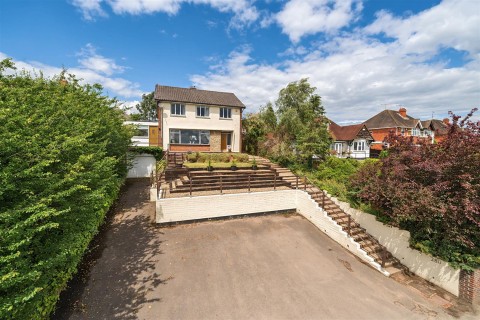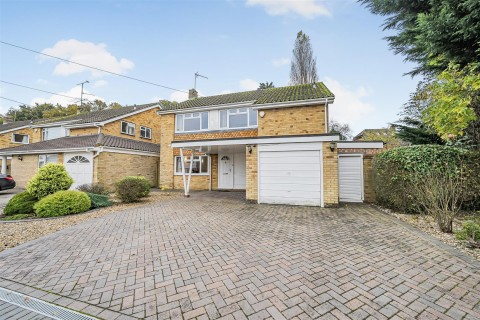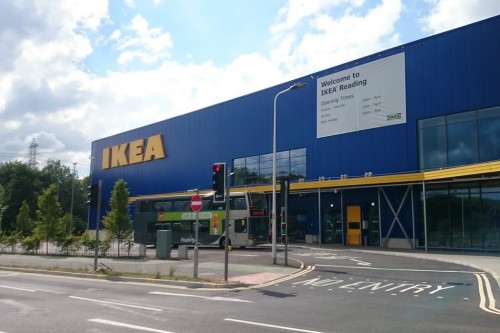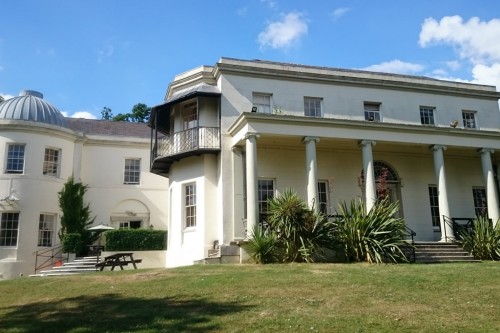As Reading Estate Agents, we have put together a little guide of the Reading area to show why you should choose Reading as a town/area to locate to.
Reading is a large, historically important town in Berkshire, England, of which it is the county town, it is ranked the UK's top economic area for economic success and wellbeing, according to factors such as employment, health, income and skills. Reading is also a major regional retail centre serving a large area of the Thames Valley, and is home to the University of Reading. Every year it hosts the Reading Festival, one of England's biggest music festivals.
In 2015, Reading had an estimated population of 232,662, making it the largest settlement in the UK without city status.
Leisure
Reading is a high quality shopping destination with a good mix of independent stores and household names in an easily walkable town centre. The Oracle shopping centre has over 80 stylish stores to explore including Apple, House of Fraser, Zara and Debenhams. Broad Street Mall is home to TK Maxx, Argos and Wilkinsons. The recently opened IKEA superstore is in West Reading.
Reading has over 100 parks and playgrounds, including 5 miles of riverside paths. In the town centre is Forbury Gardens, a public park built on the site of the outer court of Reading Abbey. The largest public park in Reading is Prospect Park, previously an estate owned by Frances Kendrick. Reading has five local nature reserves.
Reading has six museums and a botanic garden: The Museum of Reading, The Museum of English Rural Life, Ure Museum of Greek Archaeology, the Cole Museum of Zoology and the Harris Botanic Gardens. The small Riverside Museum at Blake's Lock tells the story of Reading's two rivers, the Kennet and Thames. In the suburb of Woodley, is the Museum of Berkshire Aviation.
Nightlife: Reading has great nightspots including Zero Degrees with its on-site micro brewery, Oakwood Social Club, Sakura and the long standing favourite The Purple Turtle. There are two casinos, two multi-screen cinemas, jazz clubs, a film theatre, theatre at The Hexagon, Progress Theatre and South Street Arts Centre, comedy, local band nights and music gigs at venues including Rivermead, The Rising Sun Arts Centre and Sub89.
Transport
Reading's location in the Thames Valley to the west of London has made the town an important location in the nation's transport system. Reading train station is a major transfer point and terminus. Railway lines link Reading to both Paddington and Waterloo stations in London with Crossrail coming soon.
The nearest airport is London Heathrow, 25 miles away by road. An express bus service named RailAir links Reading with Heathrow. Reading Buses provide a frequent bus service in Reading. Other bus operators include First, Arriva South East, Stagecoach and Thames Travel.
The OYBike bicycle sharing scheme operates in Reading, with approximately 150 docking stations including at Reading station.
Schools
Reading School founded in 1125, is the 16th oldest school in England. There are six other state secondary schools and 37 state primary schools within the borough, together with a number of private and independent schools and nurseries.
Reading College has provided further education in Reading since 1955, with over 8,500 local learners on over 900 courses.
The University of Reading was established in 1892 as an affiliate of Oxford University.
Sport
Sporting teams based in Reading include Reading Football Club and the London Irish rugby union team, and over 15,000 runners annually compete in the Reading Half Marathon.
Reading is also home to another three senior semi-professional rugby clubs; Reading Abbey R.F.C., Redingensians R.F.C. and Reading R.F.C.
The Reading Rockets are the town's professional basketball team. Rowing is pursued by the Reading Rowing Club, the Reading University Boat Club, both next to Caversham Bridge whilst Reading Blue Coat School trains in Sonning adjacent to The Redgrave Pinsent Rowing Lake in Caversham, which provides training facilities for the GB National Squad.
History
Reading was an important trading and ecclesiastical centre in the medieval period, as the site of Reading Abbey, one of the richest monasteries of medieval England with strong royal connections, of which the 12th century abbey gateway and significant ruins remain.
The first evidence for Reading as a settlement dates from the 8th century. By 1525, Reading was the largest town in Berkshire, and tax returns show that Reading was the 10th largest town in England when measured by taxable wealth. By 1611, it had a population of over 5000 and had grown rich on its trade in cloth. The 18th century saw the beginning of a major iron works in the town and the growth of the brewing trade for which Reading was to become famous. During the 19th century, the town grew rapidly as a manufacturing centre, with the Great Western Railway and the development of the town's brewing, baking and seed growing businesses.
Take a look at our other Area Guides
Reading CIC http://livingreading.co.uk/visit
Wikipedia https://en.wikipedia.org/wiki/Reading,_Berkshire
Reading Guide http://www.rguide.co.uk/where-to-go-in-reading
Reading Arts http://www.readingarts.com/






